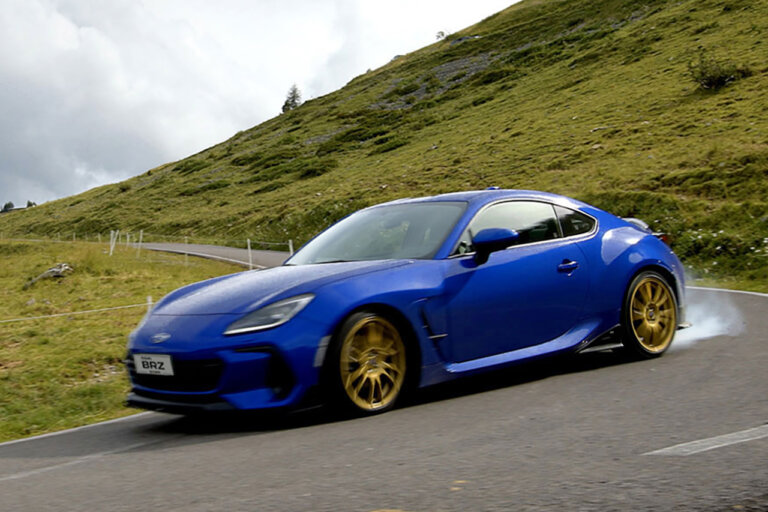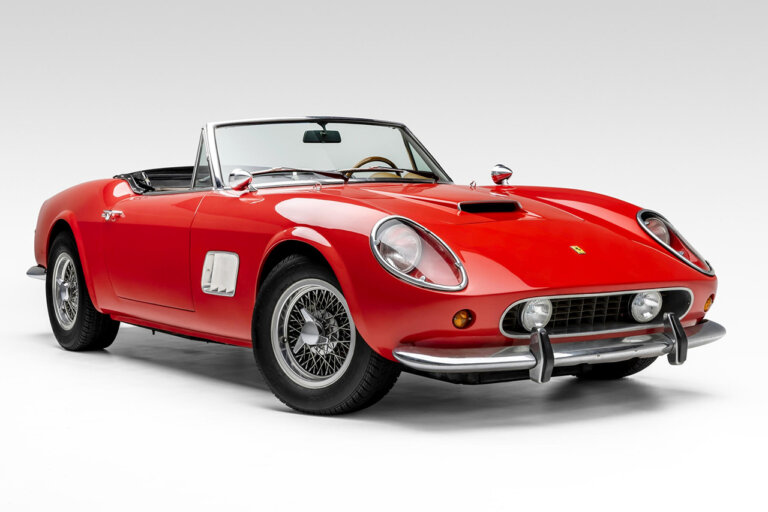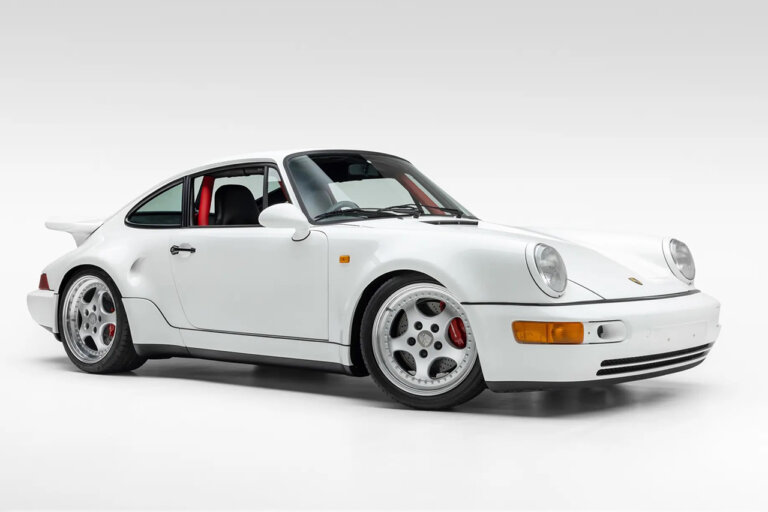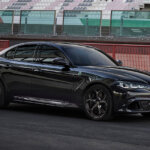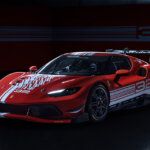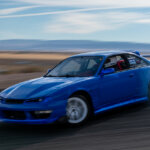The Start of the RS Lineage
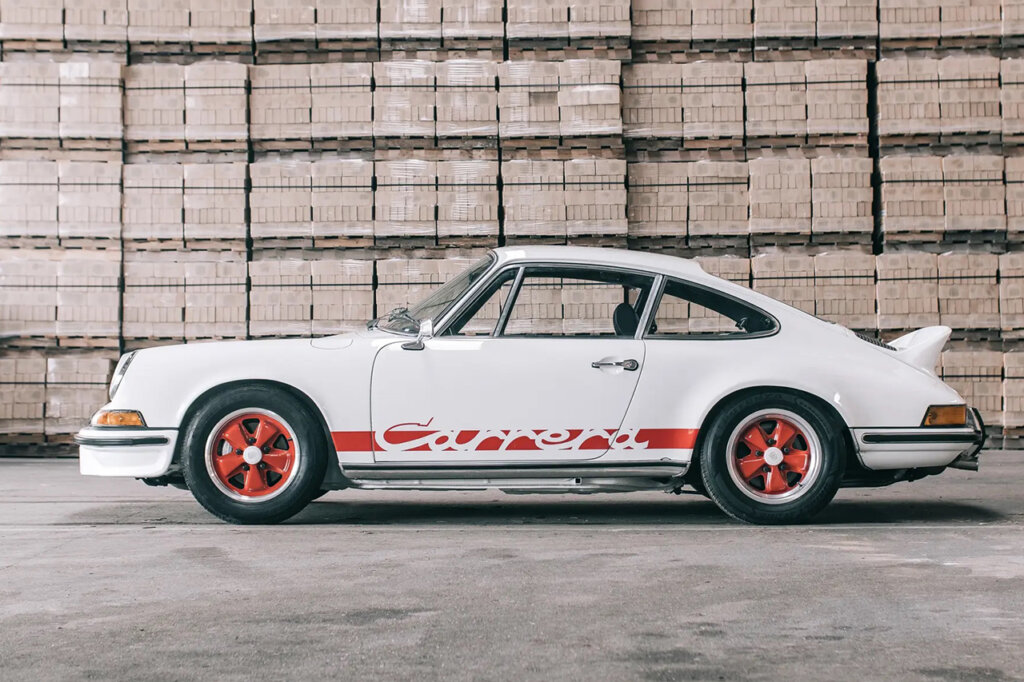
Source: RM Sotheby
1973 911 Carrera RS 2.7
The 1973 Porsche 911 Carrera RS 2.7 is widely regarded as the model that defined the RS lineage, solidifying its place in automotive history and setting the benchmark for Porsche’s high-performance heritage. This car was powered by a 2.7-liter, air-cooled flat-six engine that produced 210 horsepower, a significant output for the era. Lightweight construction was a central focus in its design, with thinner steel body panels, lighter glass, and even less interior trim, reducing weight to approximately 2,370 pounds. This obsession with weight reduction enhanced the car’s performance and handling, enabling an agile driving experience that became an RS signature.
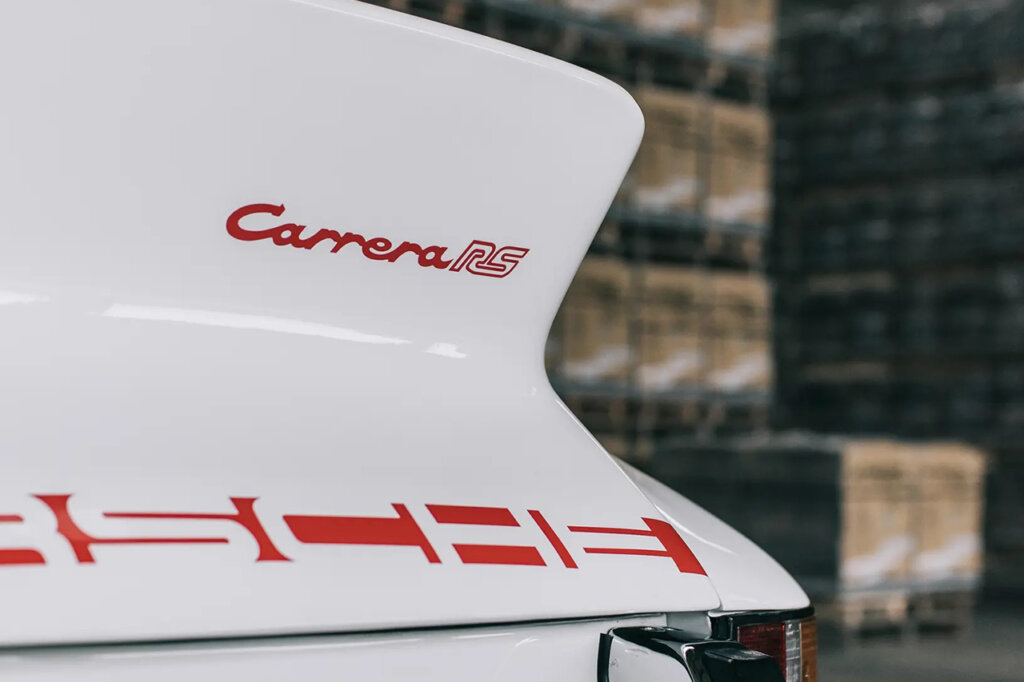
Beyond the specs, the Carrera RS 2.7 introduced the world to the iconic “ducktail” rear spoiler, a feature that improved stability at high speeds and became a lasting design element associated with the RS models. Initially developed to meet homologation requirements for racing, the RS 2.7 quickly gained popularity among enthusiasts for its raw power and thrilling performance, and all 500 units in the initial run sold out almost immediately. Porsche subsequently increased production to meet demand, highlighting the RS 2.7’s widespread appeal. This car didn’t just start the RS story—it embodied Porsche’s vision of a road-ready race car, sparking a lineage that continues to bring cutting-edge technology, relentless engineering, and a racing spirit to the road.
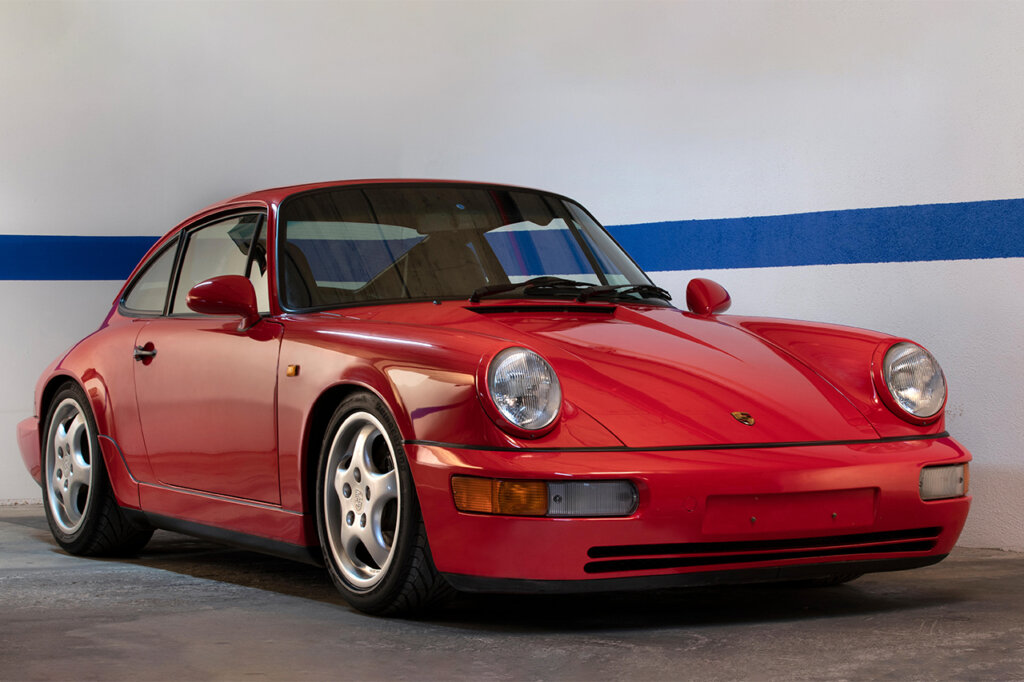
Source: Bonhams
1991 911 964 RS
Following the 911 Carrera RS 2.7, the 1991 Porsche 911 964 RS carried the torch forward, refining the RS concept with modern technology and heightened performance. Powered by a 3.6-liter air-cooled flat-six engine producing 260 horsepower, the 964 RS balanced raw power with improved handling dynamics, thanks to suspension upgrades and a limited-slip differential. Weight reduction was again paramount, with the 964 RS shedding nearly 300 pounds compared to the standard 964 Carrera 2. This was achieved through thinner glass, an aluminum hood, lightweight interior materials, and the omission of creature comforts like power windows and rear seats. The result was a stripped-down, agile machine that offered a more direct and thrilling driving experience.

Source: Bonhams
The 964 RS also introduced advancements in braking with larger, cross-drilled discs and an improved brake booster, emphasizing its racing DNA. Its distinctive look included lightweight Cup wheels and subtle RS badging, distinguishing it as a purist’s 911. With its focused engineering, the 964 RS didn’t merely uphold the Carrera RS legacy; it refined it, embodying Porsche’s commitment to developing a sharper, more agile RS platform that could dominate both road and track.
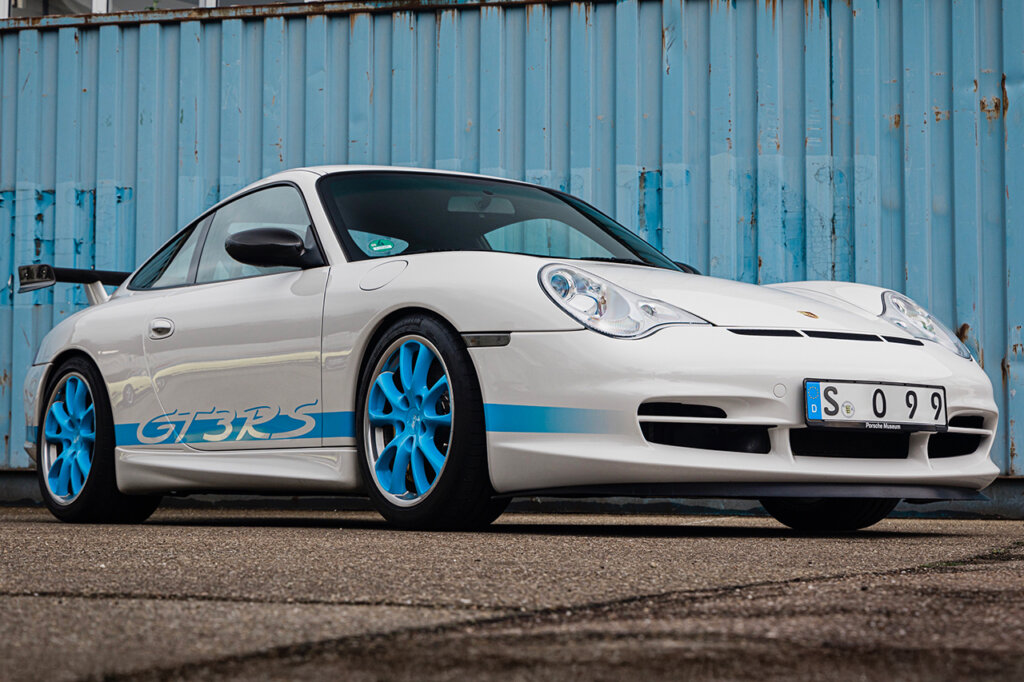
Source: Porsche
2003 911 996 GT3 RS
The 2003 Porsche 911 996 GT3 RS marked a major technological leap for the RS lineage as Porsche left the air cooling technology and incorporated water cooling innovation. Equipped with a 3.6-liter flat-six engine that delivered 381 horsepower, the 996 GT3 RS introduced the RS badge to the water-cooled era, bringing improved performance and durability. This model’s engine was closely derived from Porsche’s racing programs, utilizing dry-sump lubrication and titanium components, showcasing a commitment to high-revving performance. With a six-speed manual gearbox and a revised suspension system that included adjustable coilovers, the 996 GT3 RS was engineered for precision, allowing drivers to fine-tune the car’s handling for an optimal track experience.

Source: Porsche
Weight-saving measures were further intensified in the 996 GT3 RS. Carbon fiber was used in components like the hood and rear wing, while the rear seats, air conditioning, and sound-deadening materials were removed to pare down its weight to an impressive 3,021 pounds. Visually, it debuted a distinctive aesthetic with its bold “GT3 RS” side decals, red or blue accents, and a pronounced rear wing for increased downforce. More than just an evolution of the RS philosophy, but the latest iteration of the RS was a redefinition.
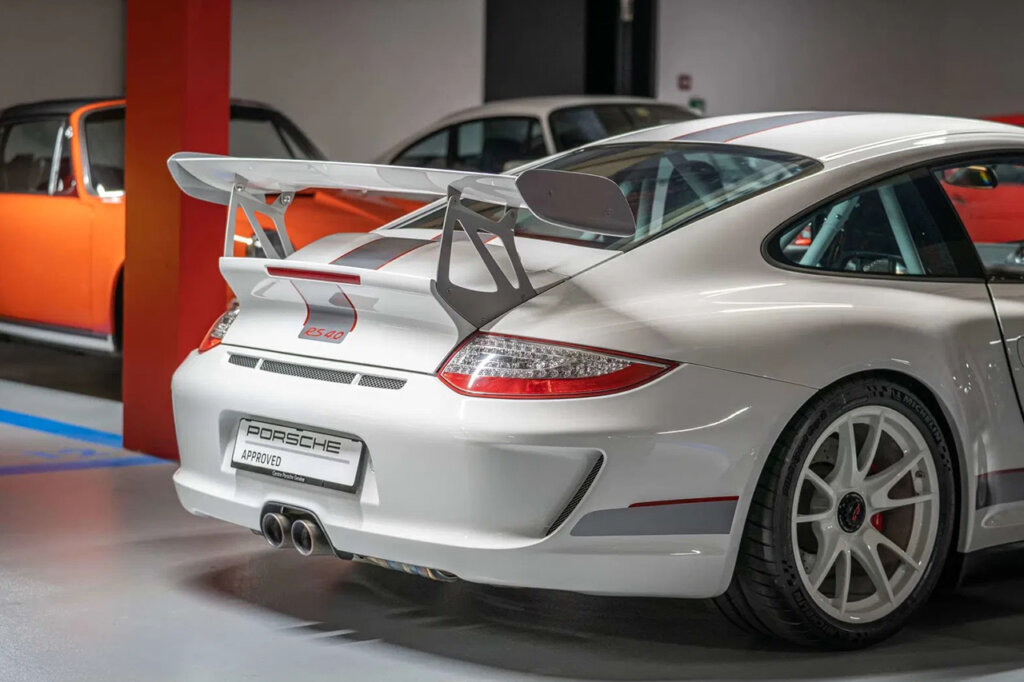
Source: Elferspot
2011 911 997 GT3 RS 4.0
Engineered from the foundation of the GT3 RSR race car, this powerhouse showcased Porsche’s relentless pursuit of performance through innovative design and technology, including a unique crankshaft and larger pistons that maximized output while maintaining reliability. The 997 GT3 RS was powered by a remarkable 4.0-liter flat-six engine, generating 500 horsepower at an exhilarating 8,250 RPM, pushing the boundaries of speed and responsiveness.
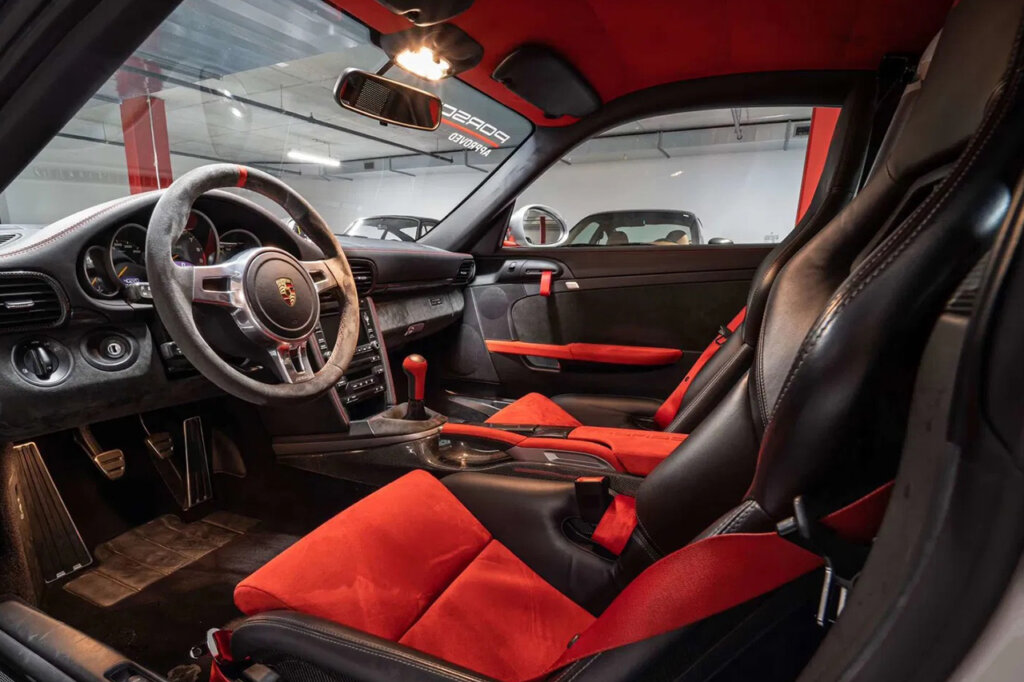
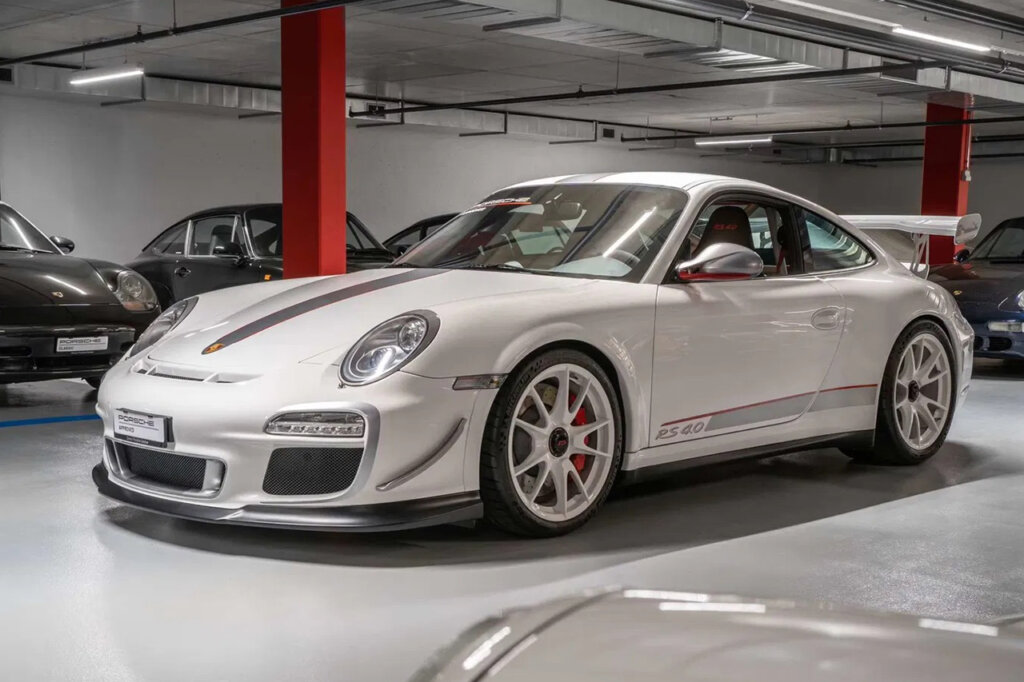
Source: Elferspot
True to the RS philosophy, the 997 GT3 RS 4.0 featured extensive weight-saving measures that made it a true track weapon. The use of carbon fiber for components such as the front fenders and rear wing not only contributed to a lower weight of approximately 3,100 pounds but also enhanced aerodynamic efficiency. The suspension system was designed for optimal handling, featuring fully adjustable components that allowed drivers to customize their setup for specific track conditions. The design of the car was equally focused on functionality, with a large rear wing for increased downforce and aggressive styling that signaled its racing pedigree. The 997 GT3 RS 4.0 was a masterclass in performance engineering, exemplifying what the RS badge stood for: a commitment to delivering a pure, exhilarating driving experience rooted in Porsche’s racing heritage.
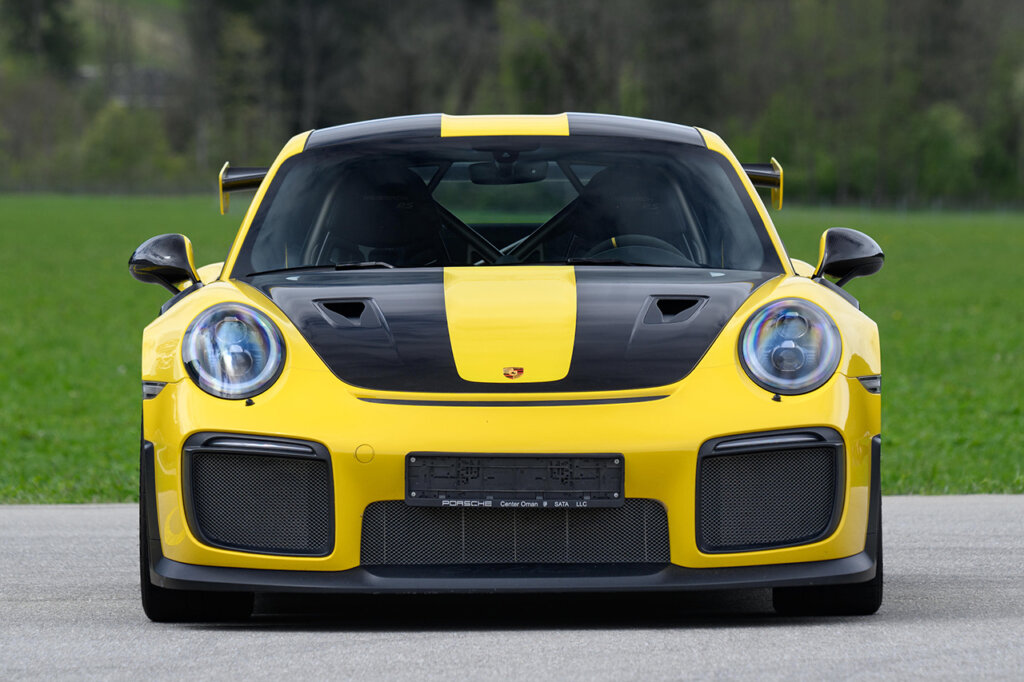
& large fixed rear spoiler.
Source: Bonhams
2018 911 991 GT2 RS
As Porsche sought to push the envelope of performance even further, the 2018 911 991 GT2 RS emerged as a testament to the brand’s relentless innovation. Building upon the foundation laid by its predecessors, the GT2 RS elevated the 911 experience with a formidable 3.8-liter twin-turbocharged flat-six engine that unleashed an astonishing 690 horsepower and 553 lb-ft of torque. This powerhouse allowed the GT2 RS to accelerate from 0 to 60 mph in just 2.7 seconds, making it one of the fastest production cars of its time. The integration of cutting-edge turbocharging technology not only maximized power but also enhanced efficiency, the effects of modernizing technology was on full display with the latest RS platform.
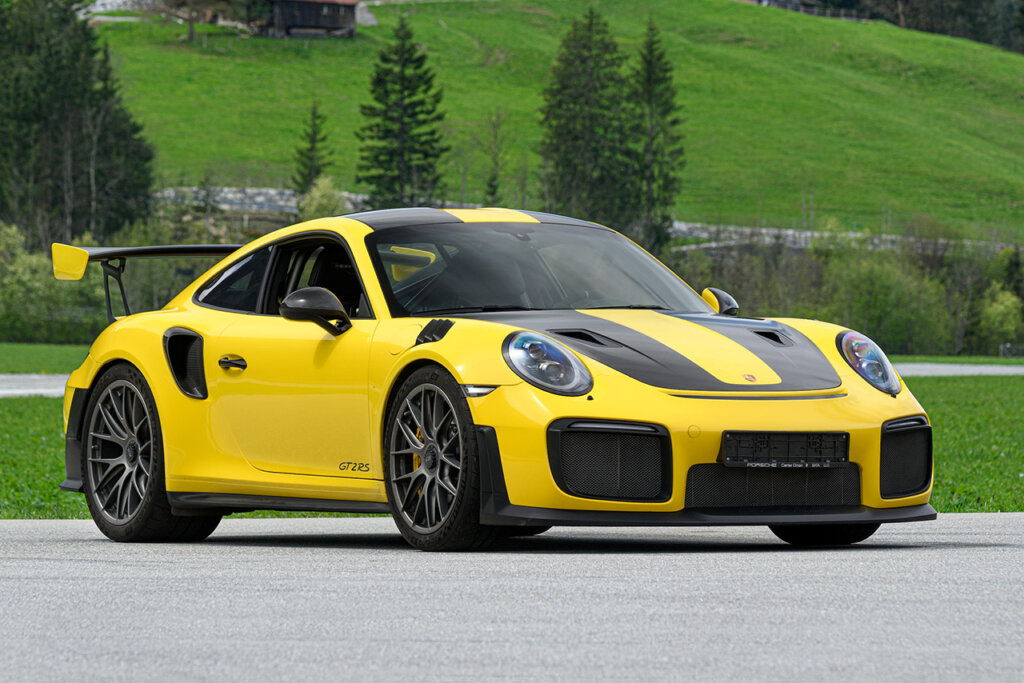
In keeping with the RS philosophy, the 991 GT2 RS used similar weight reducing techniques, aerodynamics and driving ability. With its aggressive styling, as it donned the GT2/3 namesake, it featured wider fenders and a distinctive front fascia, the 991 GT2 RS not only commanded attention on the road but also solidified its status as the ultimate expression of Porsche’s engineering prowess.
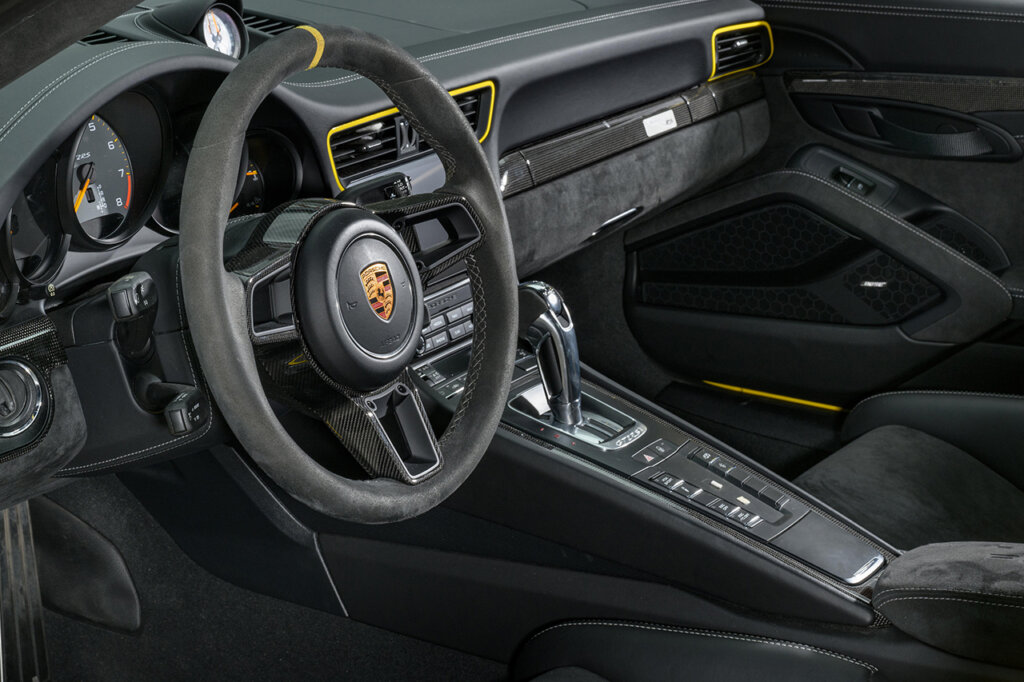
Source: Bonhams

